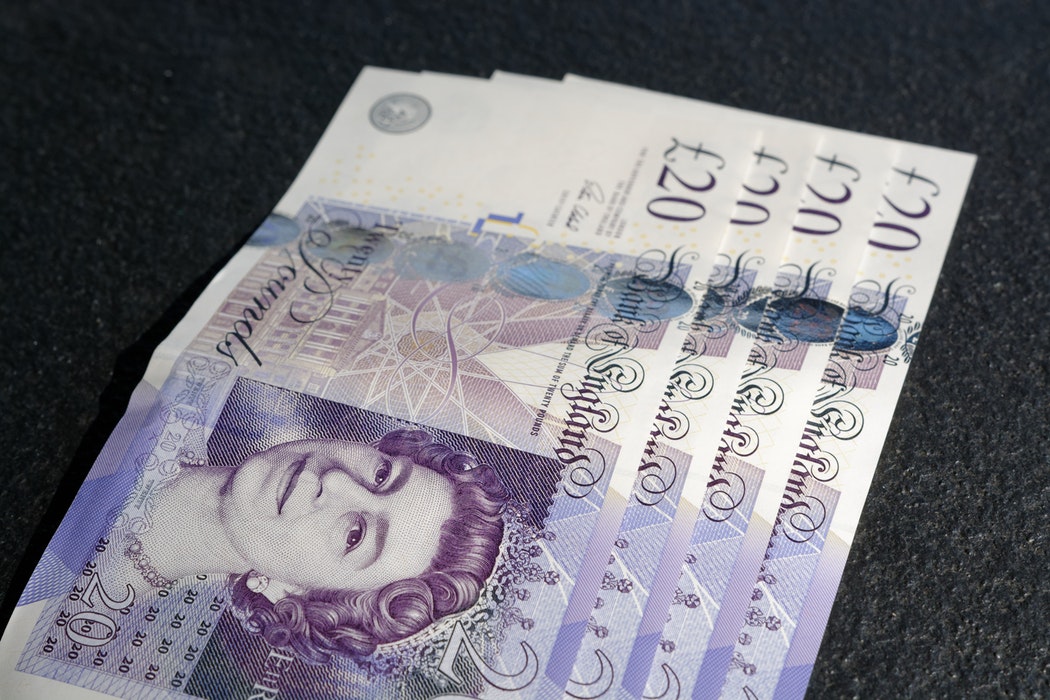FXOpen

Regardless of the trading platform used, some elements in a trading account always appear. We’re not talking about swaps, spreads, and commissions, that vary from broker to broker.
Instead, this article aims at explaining the importance of balance, equity, and margin in a retail trading account. Because human nature plays tricks on traders, people always tend to focus on what’s not realistic in a trading account. And that is the balance.
The Balance of a Trading Account
The balance is where all the funds go when the account gets funded for the first time. Upon account’s opening and documents’ verification, traders that decided for a live account must fund it.
All the funds appear in the balance. At this point, the equity equals the funds in the balance, and all the amount is available as free margin.
Everything changes by the time traders open a position. Regardless of the number of positions opened, and the size, the balance remains unchanged.
That is, unchanged until the trader takes a position in the market. Long or short, any position on any asset will leave the balance unchanged.
Unless or until the trade ends, the balance won’t change. When the trade reaches the take profit, stop-loss, or the trader decides merely to close it, the balance changes with the appropriate outcome: the win or loss, the commission paid (if any), the positive or negative swap (if any).
For this reason, the balance is a misleading element of a trading account. Here’s why.
The trader may have multiple open positions on the account. And, as it is often the case, many of them to go against the desired direction.
In other words, the more the equity shrinks, the more red flags the trader should see. However, if the focus is on what the balance shows, the trader ends up keeping losing positions for too long. Sometimes, that is enough for a margin call.
Equity – What Truly Matters
For all the reasons discussed above, the equity is the key to successful trading. It shows what’s relevant in a trading account: the true value of it.
If at any one moment, a trader decides to evaluate the shape of the trading account, the part of the account responsible for the correct info is the equity.
Therefore, if there’s a money management system in place that requires traders to risk only one or two percent of the account on any given trade, that percent should apply to the equity, and not the balance of the account.
Free Margin
Every trade requires margin as collateral. The more trades, the more margin blocked by the broker.
The bigger the volume, the more margin blocked too. Free margin reflects the ability of the trading account to withstand drawdowns. And, at the same time, it shows funds available for future trades.
Conclusion
If we put the elements of a trading account in the order of their importance, equity tops the list. Followed closely by the free margin, the two show the vital info in an account: how much it is worth it at any point in time and what are the available funds (if any).
The balance, for a trader’s point of view, is irrelevant. Because it offers little or no information about the current stance of the account and the future trades, savvy traders merely ignore it.
This article represents the opinion of the Companies operating under the FXOpen brand only. It is not to be construed as an offer, solicitation, or recommendation with respect to products and services provided by the Companies operating under the FXOpen brand, nor is it to be considered financial advice.






